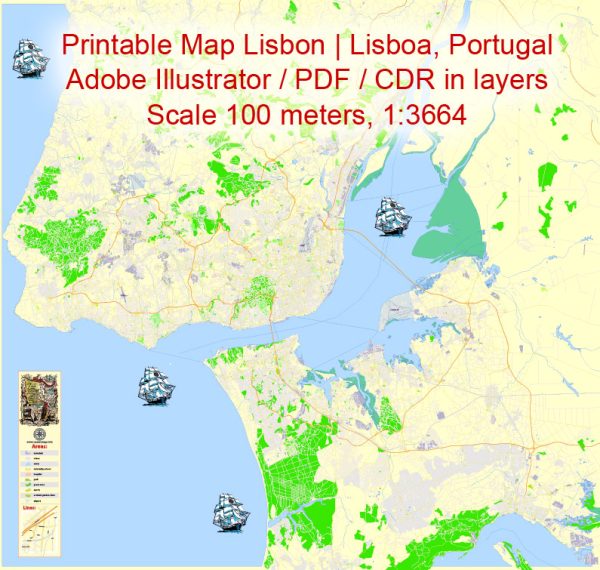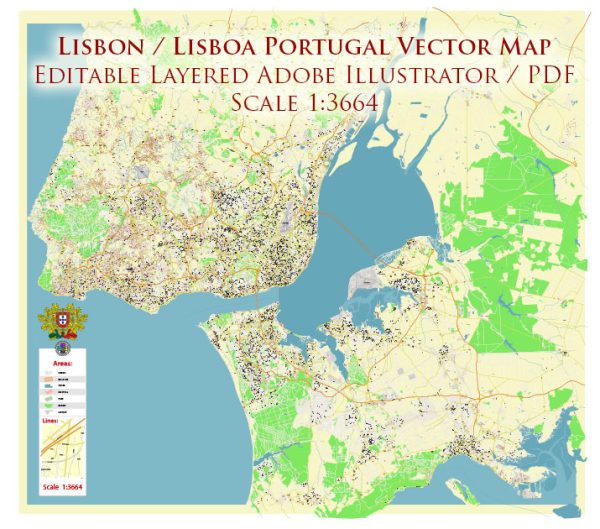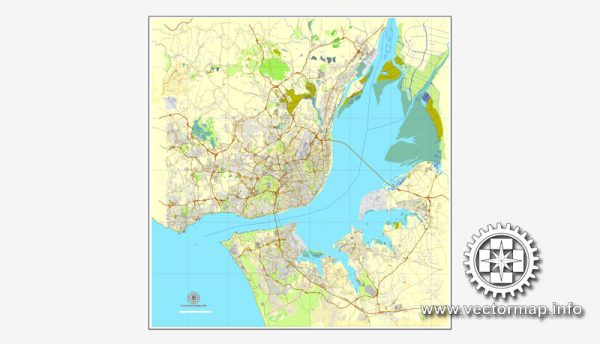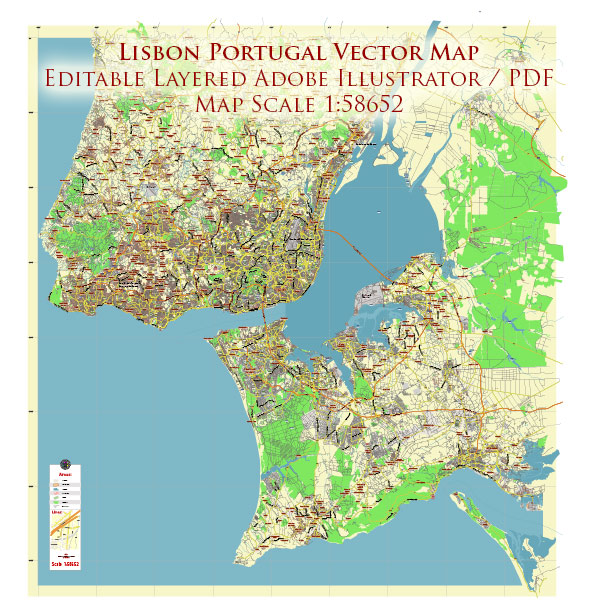Lisbon, the capital city of Portugal, has a rich history of urban development that spans centuries. The city’s history is marked by a combination of Roman, Moorish, and Christian influences, with each era leaving its imprint on the urban landscape. Here is a brief overview of the history of urban development in Lisbon:
- Roman Period (c. 205 BC – 5th century AD): Lisbon, known as Olissipo during Roman times, was a significant trade and administrative center. The Romans built roads, bridges, and aqueducts, contributing to the city’s infrastructure. The remains of a Roman theater, located in the historical district of Alfama, are a testament to this period.
- Visigothic and Moorish Period (5th – 12th centuries): After the fall of the Roman Empire, Lisbon came under Visigothic rule before being conquered by the Moors in the early 8th century. The Moorish influence is evident in the narrow, winding streets of the Alfama district, the oldest neighborhood in Lisbon. The São Jorge Castle, originally a Moorish fortress, also dates back to this period.
- Christian Reconquista and Medieval Period (12th – 15th centuries): Lisbon was recaptured from the Moors by the Christian Crusaders in 1147. The city’s layout began to change with the construction of churches, monasteries, and squares. The Baixa district, the lower town, started to take shape during this period. However, in 1755, a devastating earthquake, followed by a tsunami and fires, destroyed much of the medieval city.
- Pombaline Rebuilding (18th century): After the earthquake of 1755, Prime Minister Marquês de Pombal led the reconstruction efforts. The Baixa district was redesigned with a grid pattern, wide streets, and uniform architecture, reflecting the Enlightenment ideals of order and rationality. The Pombaline style is characterized by earthquake-resistant buildings with simple facades.
- 19th Century: The 19th century saw further expansion and modernization. The Avenida da Liberdade, a grand boulevard, was constructed, and new neighborhoods developed. Industrialization and improved transportation, including the introduction of trams, contributed to the city’s growth.
- 20th Century: Lisbon underwent significant changes in the 20th century. The Carnation Revolution in 1974 marked the end of the authoritarian Estado Novo regime. The city saw urban renewal projects, including the construction of the Expo 98 site, which revitalized the waterfront area.
- Contemporary Period: In recent years, Lisbon has experienced a resurgence in popularity as a tourist destination. The city has balanced preserving its historic charm with modern development. Urban regeneration projects have breathed new life into neglected areas, and the cultural scene has flourished.
Throughout its history, Lisbon has faced challenges such as earthquakes, political changes, and economic shifts. However, the city’s resilience is evident in its ability to adapt and evolve while preserving its unique cultural and architectural heritage.





 Author: Kirill Shrayber, Ph.D.
Author: Kirill Shrayber, Ph.D.